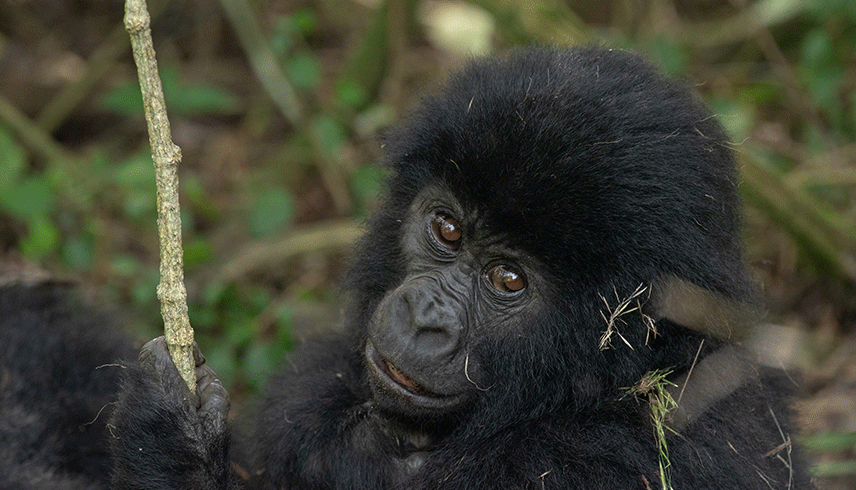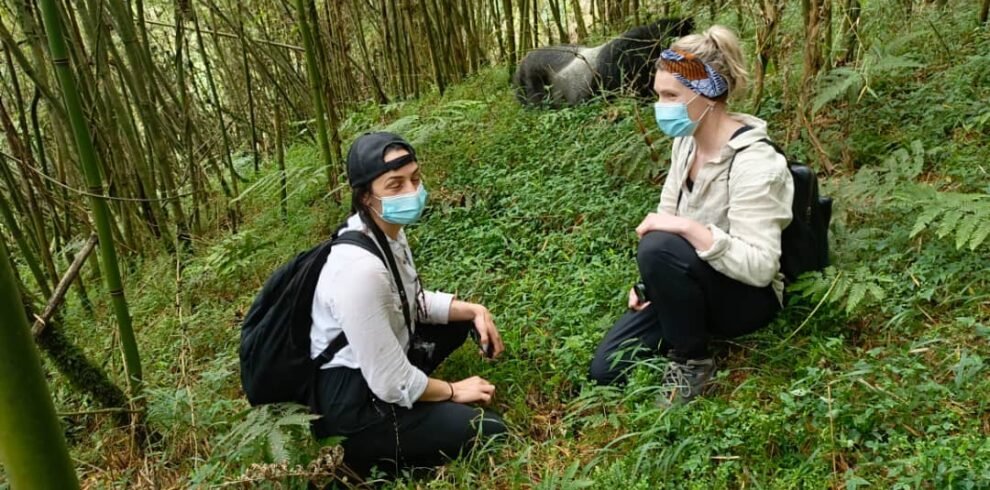Which is better for gorilla trekking: Rushaga or Buhoma Gorilla Sectors?
Located in the southern part of Bwindi Impenetrable National Park, Rushaga is home to around eight gorilla families, including Kahungye, Busingye, Mucunguzi, Nshongi, and Mishaya groups. In contrast, Buhoma, situated in the northern part of Bwindi, is the most popular and frequently visited sector for gorilla trekking. A significant advantage of Rushaga is that it’s the only sector where visitors can participate in the gorilla habituation experience, offering more in-depth encounters with mountain gorillas. This process allows trekkers to spend extended time with the gorillas, learning about their behavior, social interactions, feeding habits, and adaptation to human presence. However, our guides from Kenlink Tours, will take you anywhere.
Buhoma, the first region to be habituated in 1993, remains the most established and vibrant sector. It hosts five habituated gorilla families: Habinyanja, Muyambi, Mubare (the oldest group), Rushegura, and Katwe. While Buhoma is more popular, Rushaga’s higher number of habituated families makes it ideal for larger groups.
Accessibility and Terrain
Buhoma is easier to access via the Kisoro-Kabale Road and offers better road infrastructure, with accommodation options near the tracking area. It’s about a 6-7 hour drive (180 km) from Kampala, or visitors can fly to Kihihi Airstrip, which is 1-2 hours away from Buhoma by road. Rushaga can be accessed via the Kabale-Kisoro highway through Muko junction, with Kisoro Airstrip being the closest landing point. However, trekking in Rushaga is more challenging due to its rugged terrain, while Buhoma’s trails are generally less strenuous.
Accommodation Facilities
Both Rushaga and Buhoma, in Bwindi Impenetrable National Park, offer a variety of accommodation options suitable for all budgets, from luxury to midrange and budget lodges. Buhoma, being the most popular gorilla trekking sector, boasts the highest number of luxury lodges, making it ideal for visitors seeking an upscale experience. These lodges, nestled deep within the forest, offer spectacular views of the Bwindi wilderness and its wildlife, including mountain gorillas, elephants, and buffaloes. Some notable luxury options in Buhoma include Gorilla Forest Camp and Buhoma Lodge. Midrange and budget options are also available, such as Silverback Lodge, Buhoma Community Rest Camp, and Buhoma Community Campsite, ensuring accommodation for all visitors.
Rushaga, while less popular, also offers excellent lodging options with outstanding services. Luxury accommodations include Gorilla Safari Lodge and Rushaga Gorilla Safari Lodge, while Rushaga Community Rest Camp, Nshongi Camp, and Rushaga Community Campsite provide midrange and budget options, catering to diverse traveler needs.
Weather and Temperatures
Bwindi’s gorilla trekking regions, including Rushaga and Buhoma, are open year-round. However, the best time to visit is during the dry season when the trekking trails are more accessible. The dry months of June, July, August, and September offer favorable weather for trekking. In contrast, the rainy months, especially October, can make trekking more challenging, particularly in Rushaga due to its rugged terrain. Visitors are advised to plan their trips during the dry season for a smoother trekking experience.
Which one is offers easier trekking, both Buhoma and Rushaga?
When comparing trekking experiences in Buhoma and Rushaga, Buhoma generally offers easier trekking conditions. Located in the northern part of Bwindi Impenetrable National Park, Buhoma’s terrain is more gentle and less rugged compared to Rushaga. The trails in Buhoma are well-established, making them more accessible and manageable, especially for beginners or visitors who prefer a less physically demanding trek. This has made Buhoma a popular choice for tourists seeking a smoother trekking experience.
On the other hand, Rushaga, situated in the southern part of Bwindi, presents a more challenging trekking experience due to its steeper and more rugged terrain. The trek in Rushaga often requires more physical endurance, as hikers navigate through dense forests and steeper hills. However, Rushaga is also known for offering the unique gorilla habituation experience, which can make the challenging trek worthwhile for adventurous travelers.
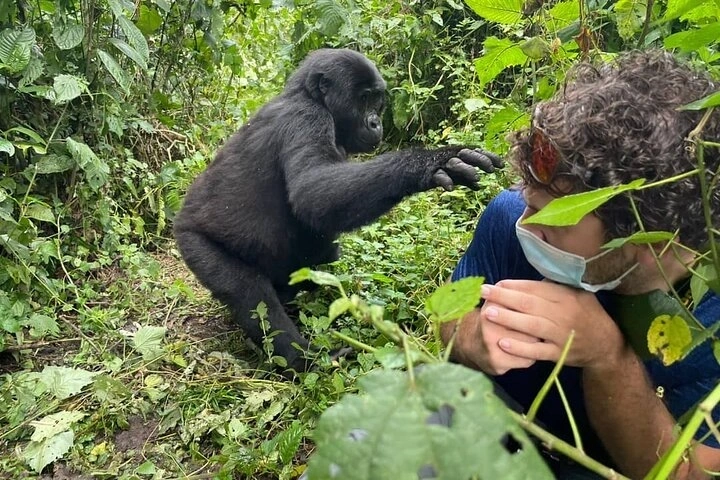
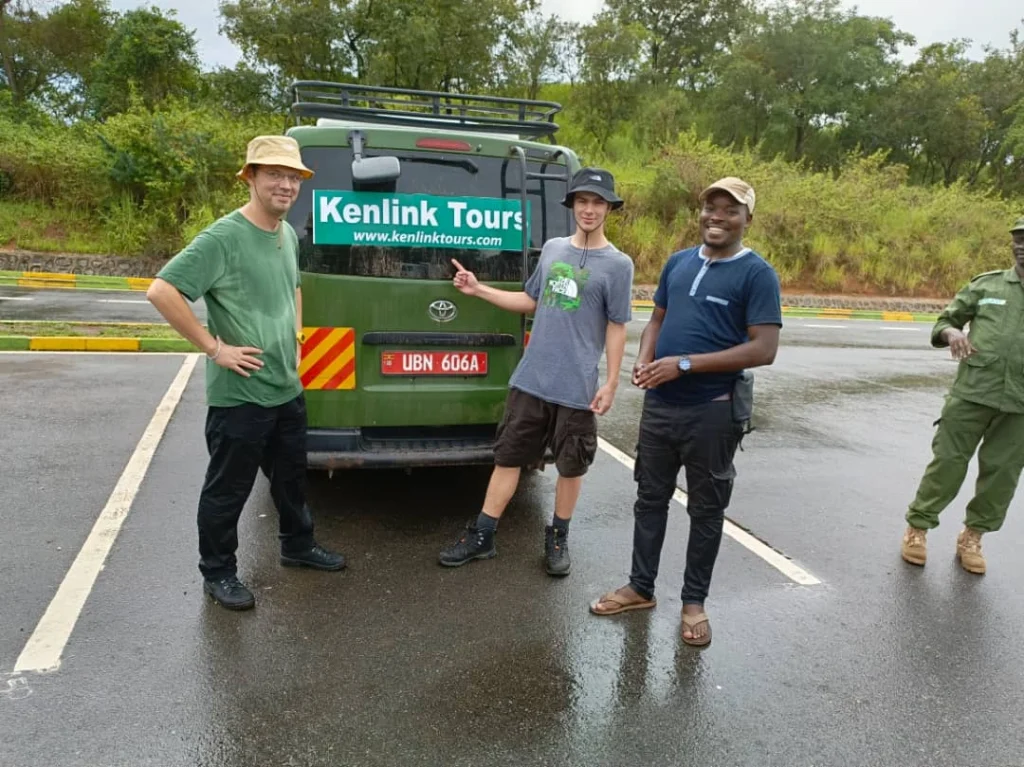
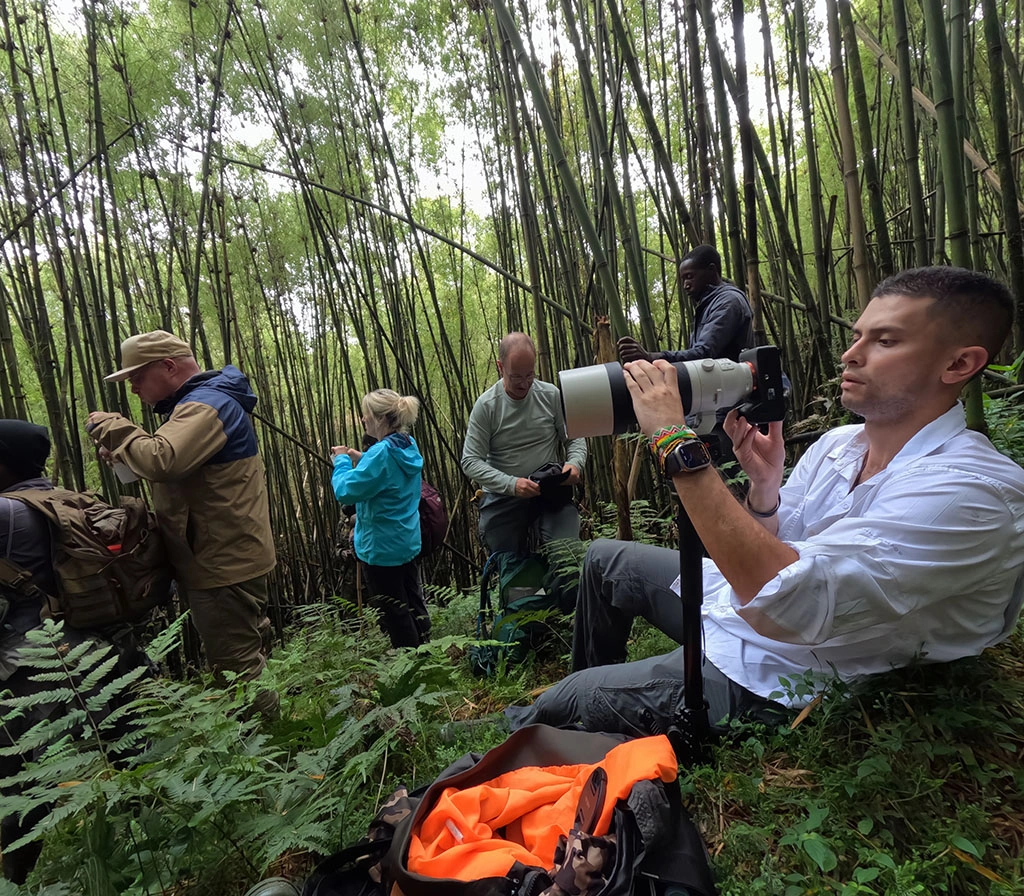
When is the best time to go for Gorilla Safari in Uganda?
The best time to go for a gorilla safari in Uganda is during the dry seasons, which occur from June to August and December to February. These months offer the most favorable conditions for trekking, as the trails in Bwindi Impenetrable National Park and Mgahinga Gorilla National Park are drier and less slippery, making it easier to navigate the dense forests. The weather is also more predictable, with fewer chances of heavy rainfall disrupting your trek.
While gorilla trekking is possible year-round, the rainy seasons (March to May and September to November) make the trails muddier and more challenging. However, visiting during these months may have the advantage of fewer tourists, allowing for a more intimate and quieter experience with the gorillas.
Ultimately, the dry seasons are the best for both accessibility and comfort, ensuring a smoother and more enjoyable trekking adventure.
How long does it take from Kampala to Bwindi National Park?
The journey from Kampala to Bwindi Impenetrable National Park typically takes about 8 to 10 hours by road, depending on the specific sector you’re visiting and road conditions. The drive covers approximately 460 kilometers (about 285 miles), passing through scenic landscapes, including rolling hills, rural villages, and forests.
There are different routes to Bwindi, with the most common ones being through Kabale or Kisoro for the southern sectors like Rushaga and Nkuringo, or through Rukungiri and Kihihi for the northern sector of Buhoma. Although the drive can be long, it offers beautiful views of Uganda’s countryside, making it an adventurous and scenic road trip.
For those looking to shorten travel time, there are also daily domestic flights from Entebbe to Kihihi or Kisoro airstrips. These flights take about 1-2 hours, followed by a shorter drive to the park, making air travel a more convenient option for travelers on a tight schedule.





